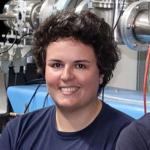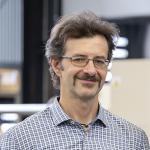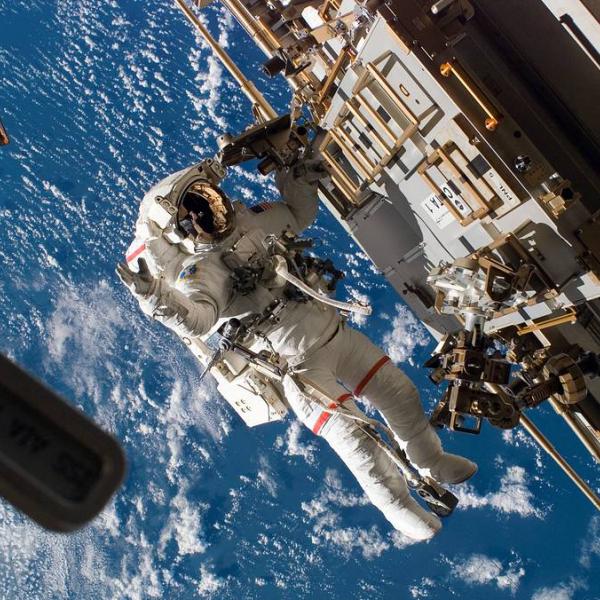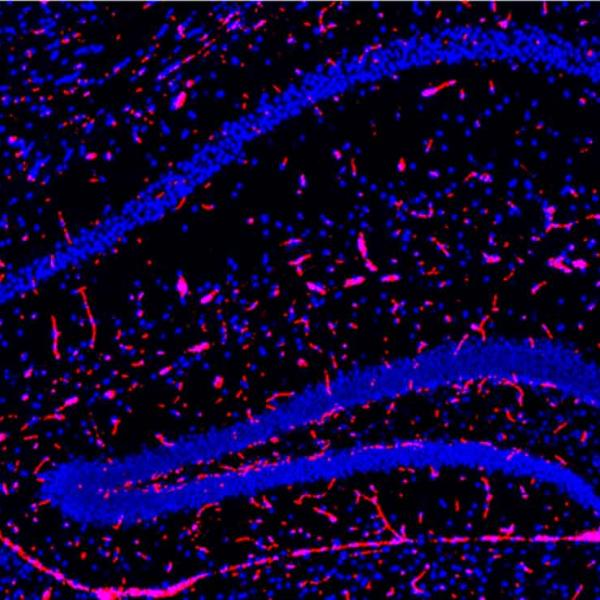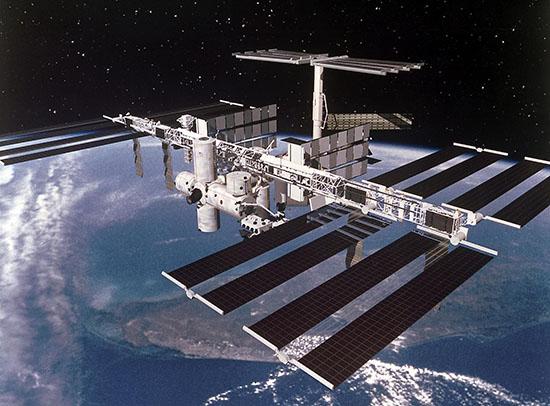
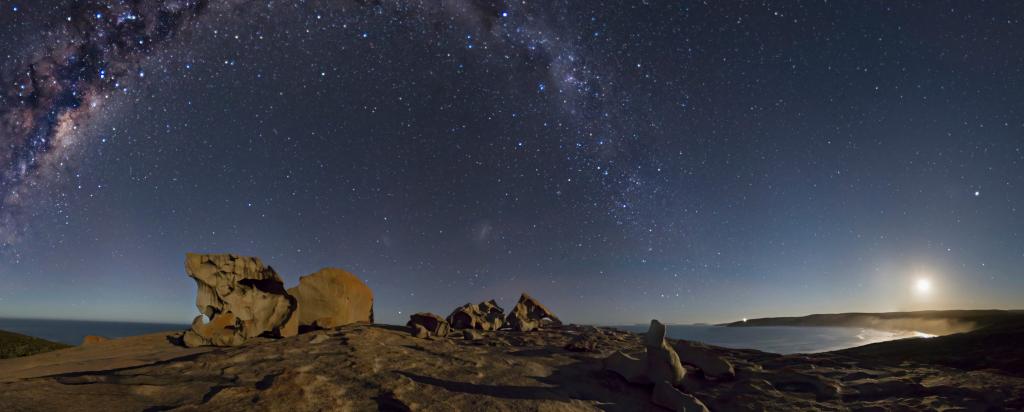
Published on the 21st January 2022 by ANSTO Staff
Key Points
- The International Space Station is currently visible over Australia away from bright city lights
- ANSTO is collaborating with French scientists on research to understand the impact of secondary radiation on the astronauts aboard the International Space Station
- ANSTO has unique capabilities to support space research
At this time of the year, if you are away from bright city lights and know when and where to look, it is possible to see the International Space Station (ISS) passing overhead without a telescope.
The ISS can rival the brilliant planet Venus and appears as a bright light moving across the night sky.
ANSTO has a connection to the International Space Station, in that it is supporting research to understand the impact of secondary radiation on the astronauts aboard it.

The International Space Station in orbit above Earth
The ISS is a large spacecraft that orbits around the Earth at an average of 400 km above the surface, traveling approximately 8 km per second in the thermosphere.
It shares the altitude with low orbit Earth satellites, where the temperature can reach 121 degrees Celsius.
International astronauts, who operate a science lab to undertake research in the reduced gravity environment of the space station, have lived in the ISS since the year 2000.
One of the major hazards for astronauts in the ISS is exposure to primary ionising radiation and secondary particles, which pose potential risks.
Space radiation is generated by particles trapped in the magnetic field, particles from solar flares and galactic cosmic rays and high-energy protons and heavy ions from outside our solar system.
The shielding on the station was designed to protect astronauts and electronic equipment from the harsh environment in space.
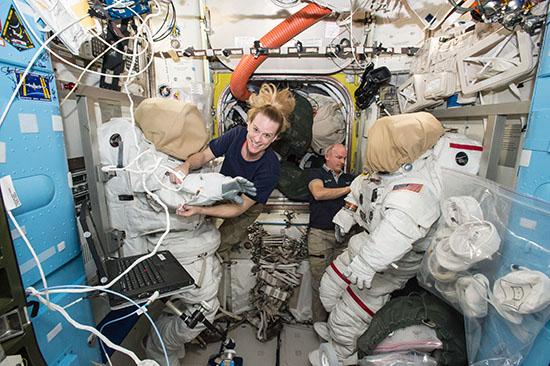
Astronauts aboard the International Space Station
But secondary particles can be also generated when the primary radiation interacts with the protective materials on the outside of the space station.
And while the dose of the secondary particles may not be that high, the cumulative effects from longer periods in space are not known.
Like primary radiation, the exposure could damage human DNA and lead to illness or injury
A team of ANSTO health researchers, staff at the Centre for Accelerator Science and Dr Melanie Ferlazzo, a postdoc from the French National Institute of Health and Medical Research (INSERM), and scientists from the French Space Agency (CNES), are collaborating on investigations to determine the impact of secondary particles on human cells using the new microprobe beamline at ANSTO’s Centre for Accelerator Science. Read more
Scientists can simulate the delivery of secondary radiation to human cells using heavy ions, such as iron or aluminium, from an accelerator with the intention of developing effective countermeasures to protect the astronauts. Read more
The energy of this radiation is consistent with what is observed inside spacecraft.
Like many other research organisations that collaborate on the operation and safety of the ISS, ANSTO scientists are proud to contribute to space research.
For information on sighting of the ISS visit this site:
The higher the angle of viewing, the easier it will be to see. If you have the compass app on your phone, you can use it to locate the ISS.
